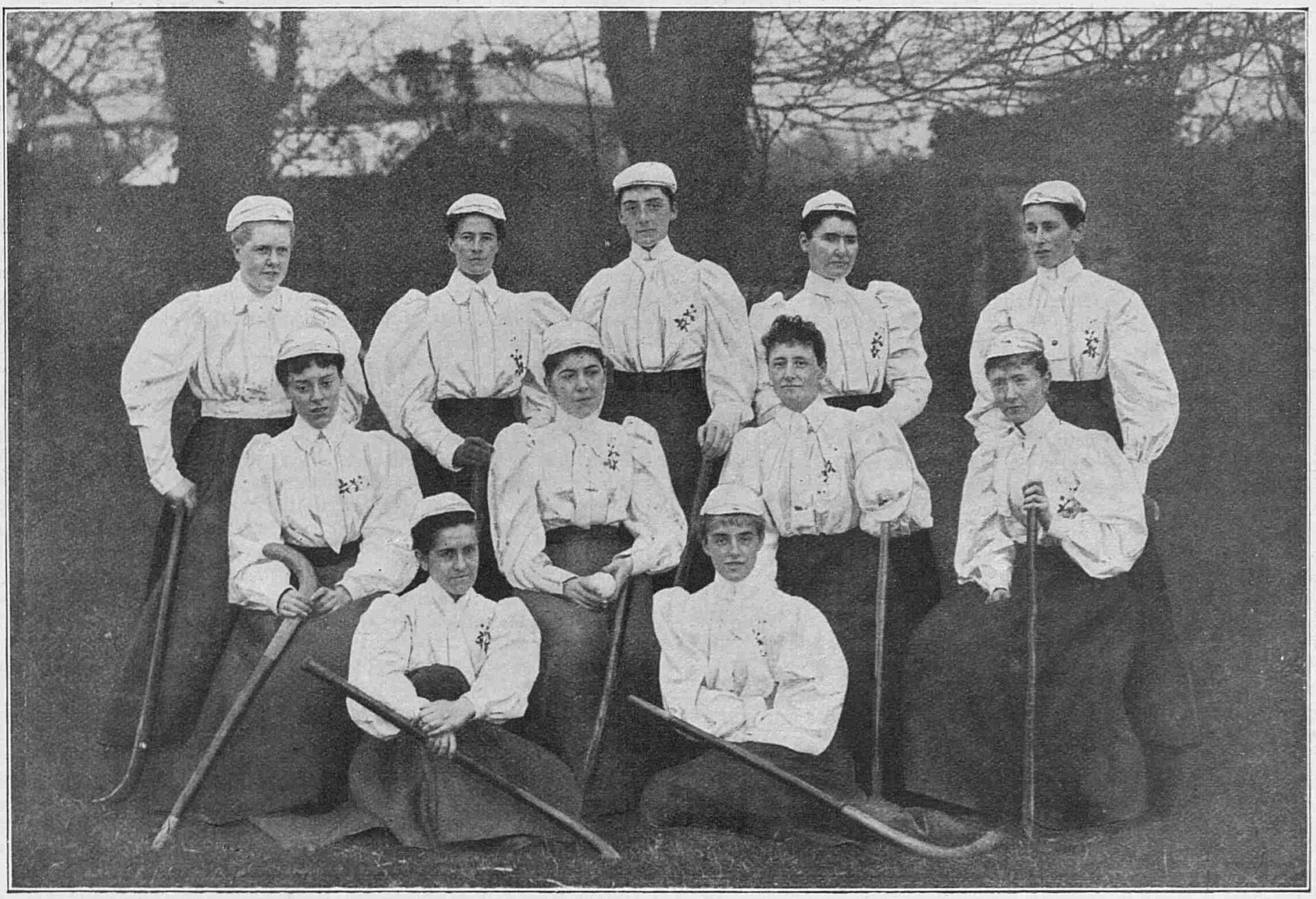History of hockey: from power games, to Olympic tactics
The name hockey is derived from the English “hook” or from the ancient French “hoquet” (shepherd’s club; curved stick).
Long before the modern version in 3000 BC, in Ancient China, Persia and India, various games of stickball were played, involving physically strong players. The game is supposed to have been hard fought and fierce.
Nowadays, betting on a civilised, modern, spectacular sport is easy in the betting shops section of the casinos not using gamstop. After all, sport is all about a high level of self-control, and real fans know how to stop in good time.
That tough field hockey
During the Middle Ages, the ball was thrown with a stick in the British Isles, but also on other continents, because the United Kingdom’s navy allowed it. Thus, a kind of driftball developed. These were very combative games in which clubs were used as symbols and were ornately decorated. Over time the number of players in a team was reduced from over 100 to 15 and a set of rules was proposed. The throwing of the ball became moderate and this type of competition can be considered the direct predecessor of hockey.
Significant dates in the history of hockey
- In1832, field hockey became a recommended sport at Eton College in England and was proposed as a compulsory subject for girls. That is, it became analogous to rugby for boys. The new discipline was cultivated in almost all English universities, but the game did not have a common set of rules, which made college competitions impossible.
- In 1840 former pupils of the school in London-Blackheath formed the first ever hockey club, which was called the Blackheath Football and Hockey Club.
- In 1852, Harrow created the first approved and agreed written set of rules for the game of hockey to enable competitions to take place. “Harrow’s Rules” consisted of 30 paragraphs and gave information about the pitch, the shape of players, number of players (30 per team), length of stick, prohibition of kicking, wrestling, etc.
-
In 1857, the South Surrey Hockey Club proposed the use of gates.
This is how one of the most popular games of modern times came into being. Further development of hockey required decisive steps and in 1875 the “Hockey Union” was founded in London. Thus, England became the first country with a national association and can rightly be considered the birthplace of modern hockey.
The game was improved and the rule to avoid physical contact between players was introduced. Hockey became completely different from rugby. Later on, as the games progressed, changes were made to the size of the field of play and the idea of fitting a net in the goalpost emerged.
The foundation of the Hockey Association in 1886 marked the final correction of the rules: 11 players in the team, net on the goal, offside, etc.
By the end of the 19th century competitions between numerous teams from England, Wales and Scotland had become commonplace. College teams and city teams competed, while the best clubs competed for jurisdictions.
Although hockey was originally offered to girls’ schools the Hockey Association refused to admit women, and so the All England Women’s Hockey Association was formed which merged the four British women’s associations and began its own playing activities.
The Olympic Movement: hockey
The real history of hockey goes back to 1908, when the sport was introduced at the Olympic Games in London. However, only men were able to demonstrate their skills. Years later, in Paris, organisers refused to include field hockey in the Olympic Games because there was no international association. And immediately the International Ice Hockey Federation was founded in Sur Gazon. It comprised 7 European associations as founding members of FIHG. The letter G for “sur gazon” (on the lawn) was removed from the name o much later. Since 1965, the World Field Hockey Federation has been called FIH.
Women’s teams were also keen to show their skills and organised a women’s hockey association, the IFWHA, which eventually relinquished its independence and was incorporated into the FIH, as requested by the International Olympic Committee. The decision allowed the inclusion of women’s hockey in the Olympic programme.
Until today, field hockey has been contested in the Olympics by teams from 24 nations. Hockey is rightly considered an international sport.
A special contribution to the history of field hockey has been made by the Indian team, which has won the gold medal 6 times in a row, for a total of 8 times. Pakistan, on the other hand, distinguished itself with 4 Olympic victories. Teams from Australia and leading European clubs have also made appearances.
The sport is evolving, and the debate over the emergence of such an exciting competition as the ball and stick game is still going on. After all, the pyramids at the source of the Nile depict contemporaries of the dead pharaohs with sticks very similar to hockey sticks. And, perhaps, in another 2000 years, our descendants will study the equipment, seemingly modern in the XXI century.




